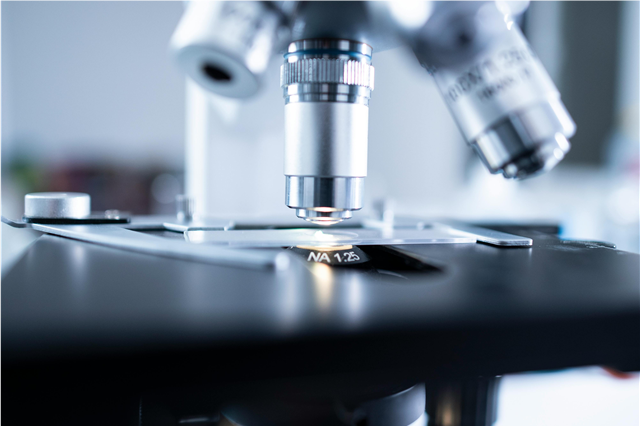
What are the applications of laboratory equipment in pharmaceutical testing?
Pharmaceutical testing is the unsung hero behind every safe medication we take. From the aspirin in your medicine cabinet to life-saving cancer treatments, laboratory equipment plays a crucial role in ensuring drugs are both effective and safe. Let's explore some fascinating applications that might surprise you!
1. HPLC: The Drug Detective
High-Performance Liquid Chromatography isn't just fancy lab equipment—it's the pharmaceutical industry's most trusted detective! This sophisticated machine can identify and quantify every single compound in a medication, ensuring your 500mg ibuprofen tablet actually contains exactly 500mg of the active ingredient. Without HPLC, drug manufacturers would be essentially guessing about what's in their products.
Pro tip: HPLC systems can detect impurities at concentrations as low as parts per billion—imagine finding one contaminated grain of sand in an Olympic-sized swimming pool!
2. Mass Spectrometers: Molecular Weight Champions
Mass spectrometers don't just measure weight—they're essentially molecular fingerprint scanners! These incredible instruments can identify unknown compounds by breaking them apart and measuring the weight of each piece. Think of it as conducting a background check on every molecule in a new drug candidate.
Fun fact: A single mass spectrometer can analyze over 1,000 compounds per second, making it the speed-demon of pharmaceutical analysis!
3. Dissolution Testers: Time-Release Masters
Ever wonder how your extended-release medication knows when to release? Dissolution testers are the quality control masters that ensure your 24-hour medication actually works for 24 hours! These rotating beakers mimic what happens in your stomach, measuring exactly how fast (or slow) a drug dissolves.
Did you know? Some dissolution tests run continuously for 24 hours to match the medication's release profile—talk about dedicated testing!
4. UV-Vis Spectrophotometers: The Color Analysts
These instruments don't judge by appearances—they measure molecular structure through light absorption! UV-Vis spectrophotometers can determine drug concentration by measuring how much ultraviolet or visible light a sample absorbs. It's like having X-ray vision for chemical compounds.
Amazing fact: Many pharmaceutical quality tests can be completed in just 3-5 minutes using UV-Vis analysis, compared to hours of traditional methods.
5. Autoclaves: Sterility Superheroes
While they look like high-tech pressure cookers, autoclaves are pharmaceutical manufacturing's sterilization champions! Operating at temperatures exceeding 121°C (250°F) and 15 PSI pressure, these machines eliminate 99.9999% of microorganisms, ensuring sterile injectable medications won't give you an infection.
Science trivia: Proper autoclave sterilization kills bacteria, viruses, fungi, and even bacterial spores that can survive boiling water!
6. Particle Size Analyzers: Nano-Scale Precision
The size of drug particles can make or break a medication's effectiveness! Particle size analyzers ensure that inhaled medications reach the right parts of your lungs, or that oral medications dissolve properly.
Mind-blowing fact: Some pharmaceutical particles are analyzed at sizes as small as 0.02 micrometers—smaller than most viruses!
7. pH Meters: The Chemical Mood Readers
Your body maintains a narrow pH range (7.35-7.45), so medications must be compatible with this chemistry! pH meters continuously monitor drug formulations to ensure they won't cause chemical reactions when mixed with your body's natural chemistry.
Interesting tidbit: A single pH unit difference can significantly impact how well a drug dissolves and works in your body.
8. Stability Chambers: Time Machine Testers
These climate-controlled boxes aren't just refrigerators—they're pharmaceutical time machines! Stability chambers expose medications to various temperature, humidity, and light conditions to predict how drugs will perform 2-3 years after manufacturing.
Future-sight fact: Drugs must prove stability for 2-3 years in these chambers before receiving FDA approval—ensuring your medication works as promised, even if it's been on the shelf for years!
9. Microbiological Incubators: Bacteria Battles
Before any injectable or sterile medication reaches patients, it must pass rigorous sterility testing. Microbiological incubators provide perfect bacterial growth conditions to detect any contamination, essentially forcing any hidden microbes to reveal themselves.
Quality control surprise: Some sterility tests require 14 days of continuous monitoring—talk about patient testing!
10. Fourier Transform Infrared Spectrometers (FTIR): Chemical Whisperers
FTIR spectrometers are like chemical translators, converting molecular vibrations into identification codes. These instruments can verify that a white powder is actually the intended drug compound—not just any white powder!
Technology wow: FTIR can identify compounds based on unique molecular "fingerprints" that are as distinctive as human fingerprints.
Why These Applications Matter
Every piece of laboratory equipment in pharmaceutical testing serves a critical purpose: patient safety. Before any medication reaches your medicine cabinet, it's been analyzed, tested, and verified thousands of times using these sophisticated instruments.
The next time you take medication, remember that it's been scrutinized by equipment worth hundreds of thousands of dollars, ensuring every milligram meets exacting safety and efficacy standards.
The Future of Pharmaceutical Testing
Modern pharmaceutical testing continues evolving with AI-powered analysis, automated sample preparation, and real-time quality monitoring systems. Today's laboratory equipment can now predict drug interactions, optimize formulations, and even suggest improvements to manufacturing processes.
Whether you're a pharmaceutical professional or simply someone who takes medication, understanding these laboratory applications reveals the incredible scientific rigor behind modern medicine. The next time you pop a pill or receive an injection, you'll know it's been tested more thoroughly than most consumer products.
Bottom line: Laboratory equipment in pharmaceutical testing isn't just about science—it's about ensuring that every medication that leaves the factory is safer, more effective, and more reliable than ever before. Now that's something to be healthy about!
Keywords: laboratory equipment, pharmaceutical testing, HPLC, mass spectrometry, dissolution testing, UV-Vis spectrophotometry, autoclaves, particle size analysis, pH testing, stability testing, sterility testing, FTIR spectroscopy
Meta Description: Discover 10 fascinating applications of laboratory equipment in pharmaceutical testing, from HPLC detectives to stability chamber time machines ensuring your medication safety.


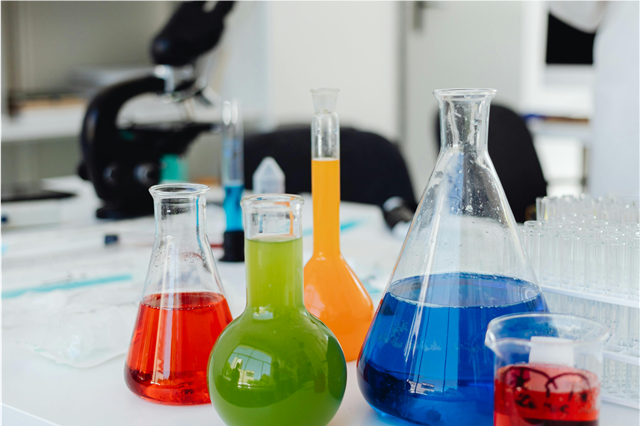
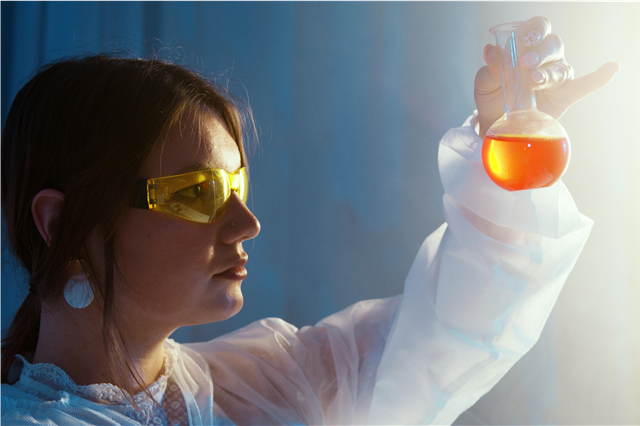
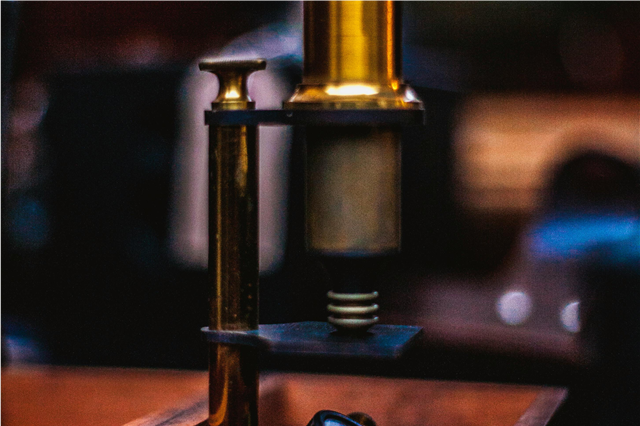
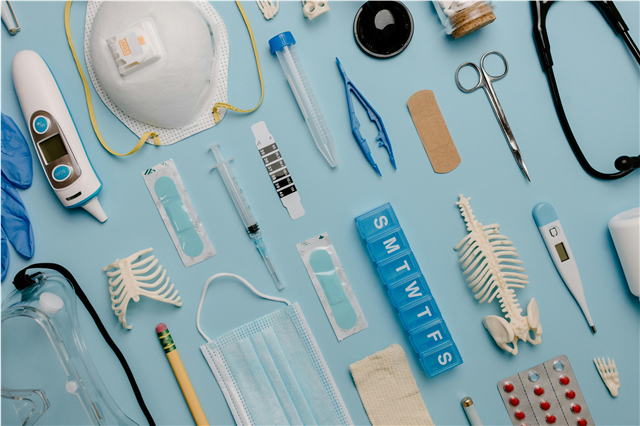
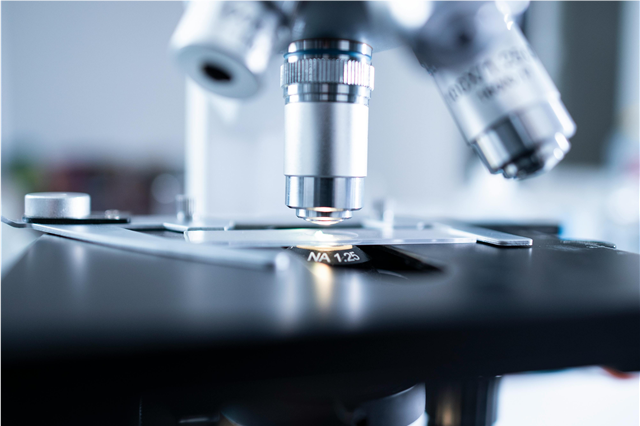
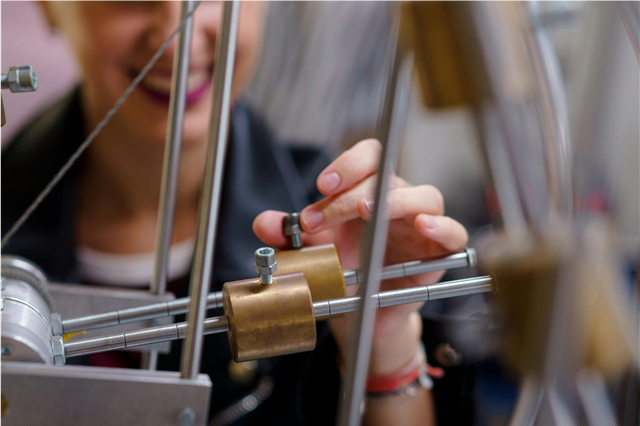
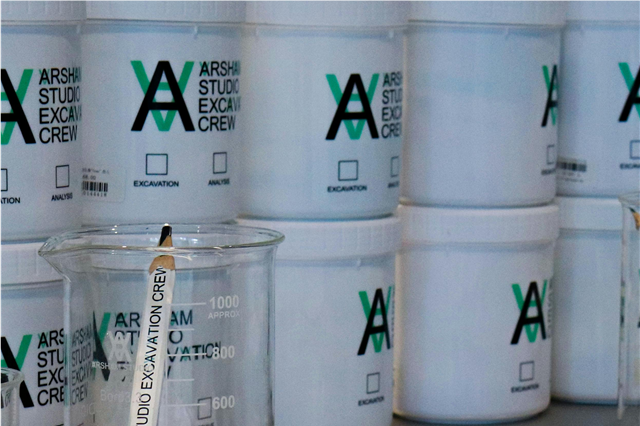







Post Comment